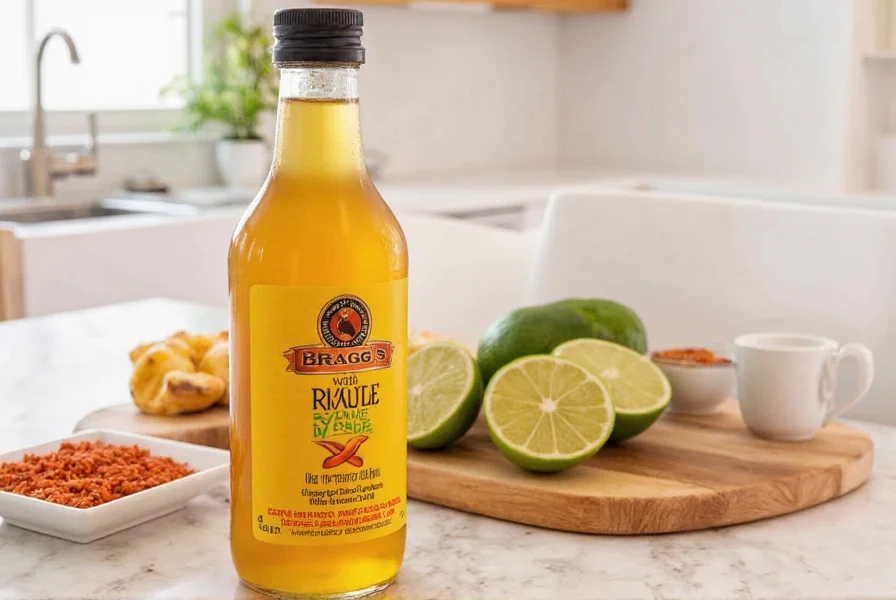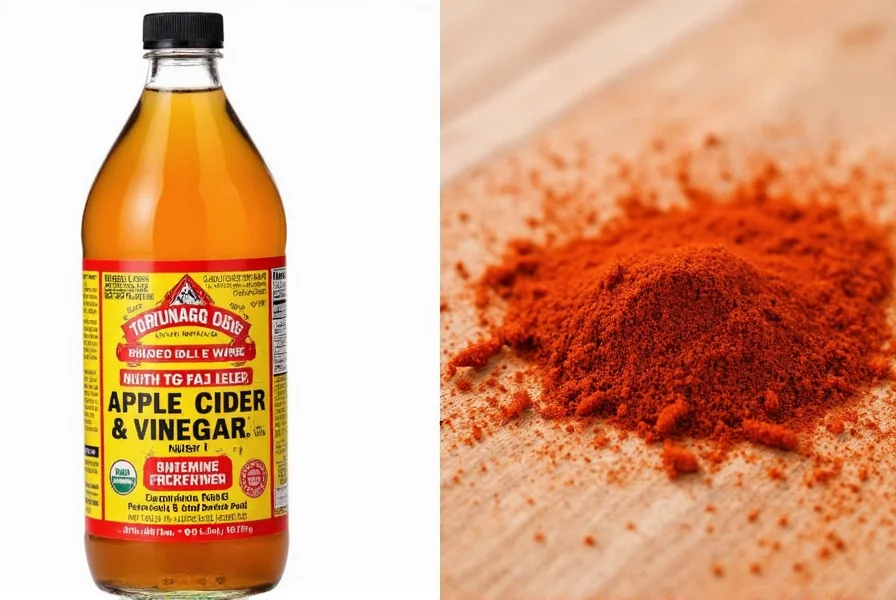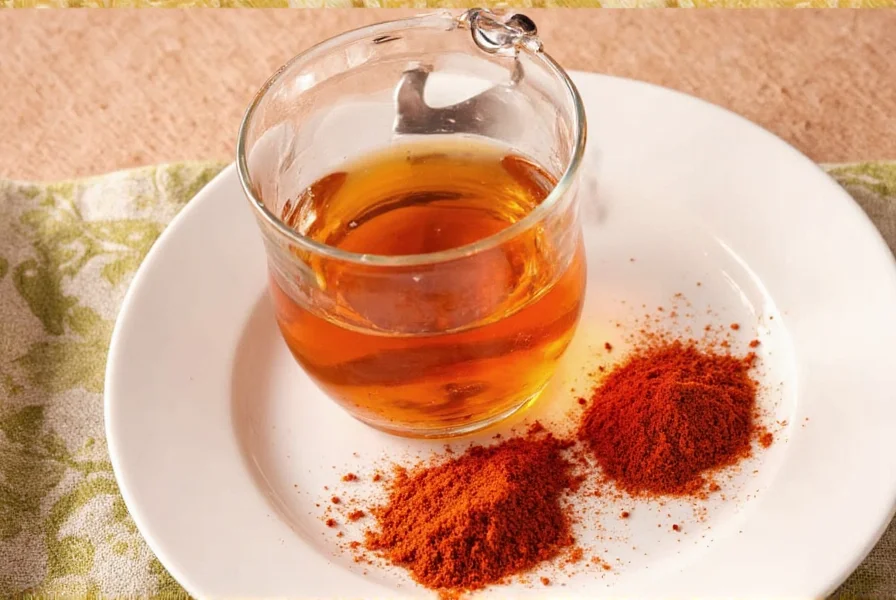Why This Combination Solves Common Health Struggles
Millions battle slow metabolism, blood sugar spikes, and stubborn inflammation daily. While quick fixes abound, Bragg's ACV with cayenne offers science-backed support without pharmaceuticals. Unlike generic vinegar blends, Bragg's raw, unfiltered formula preserves the "mother"—a probiotic-rich substance critical for digestive benefits. When paired with cayenne's capsaicin, they create synergistic effects validated by clinical research.
How the Science Actually Works
Capsaicin (cayenne's active compound) triggers thermogenesis, increasing calorie burn during activity. Meanwhile, ACV's acetic acid improves insulin sensitivity. This isn't anecdotal—peer-reviewed studies confirm measurable outcomes:
| Benefit | Scientific Evidence | Source |
|---|---|---|
| Metabolic boost | 10% higher calorie expenditure during exercise | Healthline (2019 Journal of Nutrition study) |
| Blood sugar control | 15% lower post-meal glucose levels | WebMD (2020 clinical review) |
| Digestive support | "Mother" enzymes enhance nutrient absorption | Bragg's Official |

When and How to Use It Correctly
Optimal preparation: Mix 1 tbsp Bragg's ACV + 1/8 tsp cayenne in 8oz warm water. Add lemon for taste. Consume 15 minutes before meals for blood sugar benefits.

Critical boundaries:
- Use when: Managing post-meal glucose spikes, boosting workout metabolism, or supporting digestion
- Avoid when: You have ulcers, GERD, or take blood thinners (capsaicin may increase bleeding risk)
- Never consume undiluted—ACV's acidity (pH 2.5-3.0) erodes tooth enamel
Spotting Quality Ingredients: Avoid These Traps
Counterfeit ACV dominates markets. Verify authentic Bragg's by:
- "Raw, unfiltered, with the mother" on label (visible sediment)
- Organic certification (non-organic vinegar often contains pesticides)
- Refrigeration requirement (pasteurized versions don't need it)
For cayenne, choose dark red flakes without added salt or anti-caking agents. Bright red color indicates freshness—dull powder suggests degraded capsaicin.

3 Costly Mistakes Most People Make
- Overdosing cayenne: More than 1/4 tsp daily causes gastric irritation. Start with 1/8 tsp.
- Using it as a meal replacement: ACV suppresses appetite but lacks protein/fat. Pair with balanced meals.
- Ignoring dental protection: Swish with plain water after consumption to neutralize acid.
Everything You Need to Know
It supports weight management by increasing calorie burn during activity by up to 10% (per Healthline), but isn't a standalone solution. Combined with diet/exercise, users report modest results—never expect rapid weight loss.
Yes, but consult your doctor first. Research shows it lowers post-meal glucose by 15% (WebMD). Never replace prescribed medication—use it as a complementary approach with medical supervision.
Always prepare fresh daily. Pre-mixed solutions degrade capsaicin potency. Store Bragg's ACV in a cool, dark place (refrigeration extends shelf life after opening). Cayenne pepper loses heat intensity after 6 months—check for vibrant red color.
Undiluted ACV (pH 2.5-3.0) erodes tooth enamel and irritates the esophagus. The Bragg's official guidelines mandate dilution—8oz water per 1 tbsp vinegar—to harness benefits safely while protecting tissues.
Bragg's is raw, unfiltered, and contains the "mother" (probiotic culture). Most supermarket brands are pasteurized, destroying enzymes. As confirmed by Bragg's official site, their process preserves live nutrients critical for the synergy with cayenne.











 浙公网安备
33010002000092号
浙公网安备
33010002000092号 浙B2-20120091-4
浙B2-20120091-4